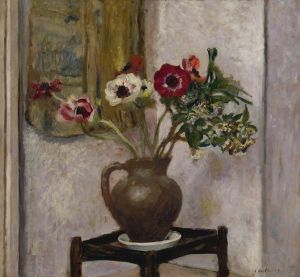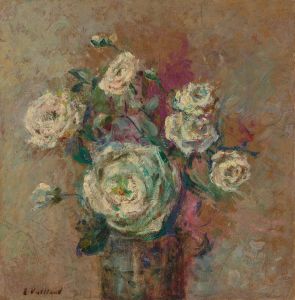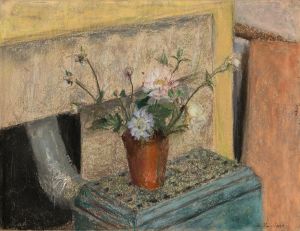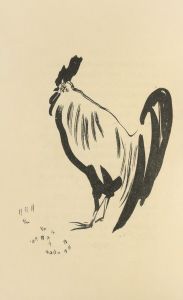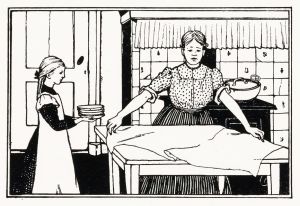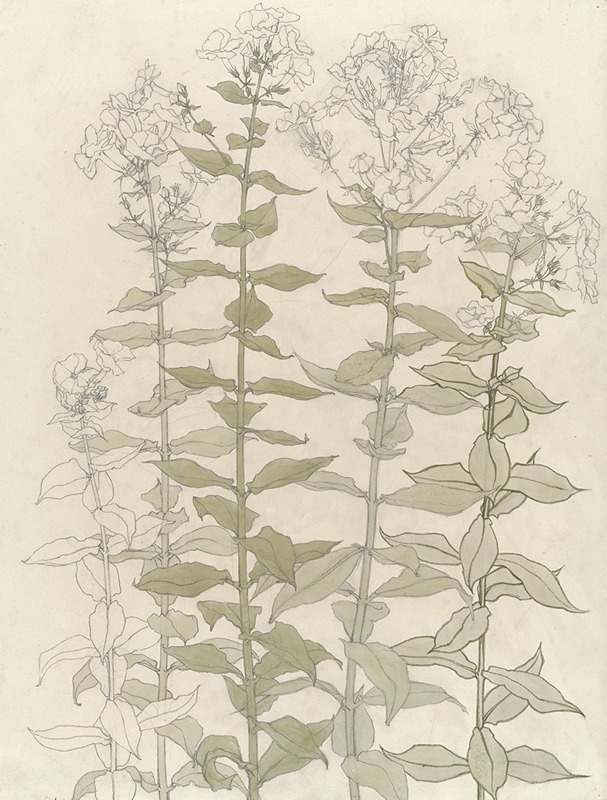
Studies van flox
A hand-painted replica of Julie de Graag’s masterpiece Studies van flox, meticulously crafted by professional artists to capture the true essence of the original. Each piece is created with museum-quality canvas and rare mineral pigments, carefully painted by experienced artists with delicate brushstrokes and rich, layered colors to perfectly recreate the texture of the original artwork. Unlike machine-printed reproductions, this hand-painted version brings the painting to life, infused with the artist’s emotions and skill in every stroke. Whether for personal collection or home decoration, it instantly elevates the artistic atmosphere of any space.
Julie de Graag (1877–1924) was a Dutch artist known for her detailed and stylized works, often inspired by nature. One of her notable pieces is Studies van flox (Studies of Phlox), a work that exemplifies her meticulous approach to botanical subjects. This artwork reflects her interest in capturing the intricate details of plants and flowers, a recurring theme in her oeuvre.
De Graag was associated with the Art Nouveau movement, which emphasized decorative arts and often drew inspiration from organic forms. Her works frequently featured clean lines, simplified shapes, and a focus on symmetry, characteristics that align with the aesthetic principles of the movement. Studies van flox demonstrates these qualities, showcasing her ability to balance artistic stylization with scientific accuracy.
The medium of Studies van flox is believed to be either a drawing or a print, as De Graag was known for her expertise in both techniques. She often worked with pen and ink, as well as woodcuts, creating pieces that were both visually striking and technically precise. Her botanical studies, including this one, were likely influenced by her surroundings in the Netherlands, where she spent much of her life observing and depicting the natural world.
Julie de Graag's career was relatively short, as she struggled with mental health issues and ultimately took her own life in 1924. Despite this, her work has gained recognition for its unique style and contribution to early 20th-century Dutch art. Studies van flox is a testament to her skill and dedication to her craft, highlighting her ability to find beauty in the details of everyday life.
While specific details about the creation date or current location of Studies van flox are not readily available, the piece remains an example of De Graag's talent and her focus on nature as a source of artistic inspiration. Her works are preserved in various collections, and she is remembered as an artist who brought a distinctive voice to the depiction of flora and fauna during her time.





